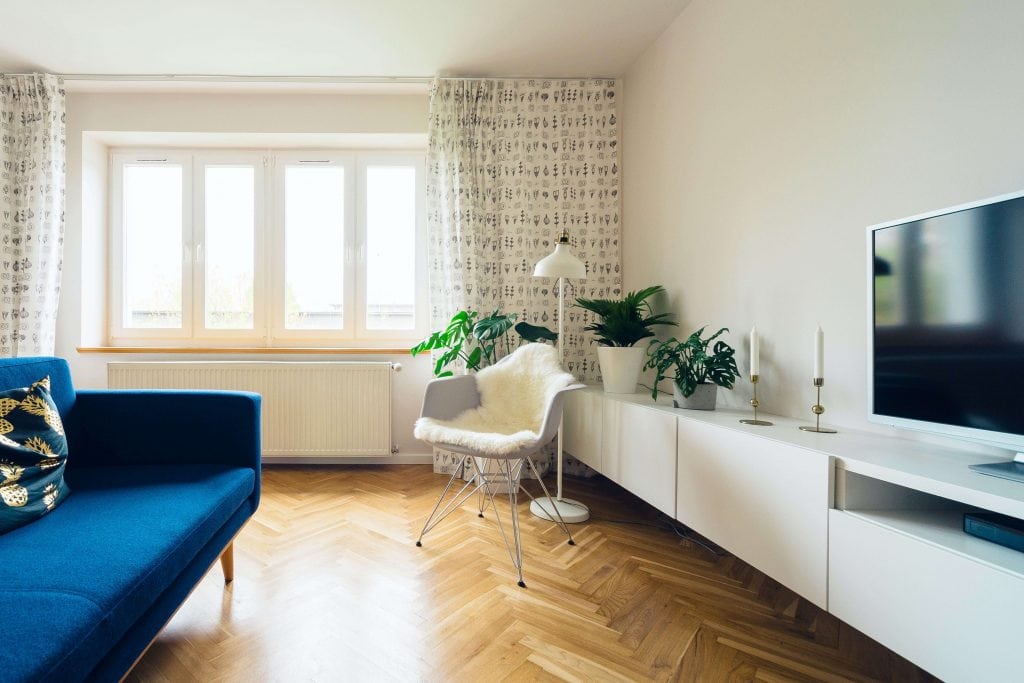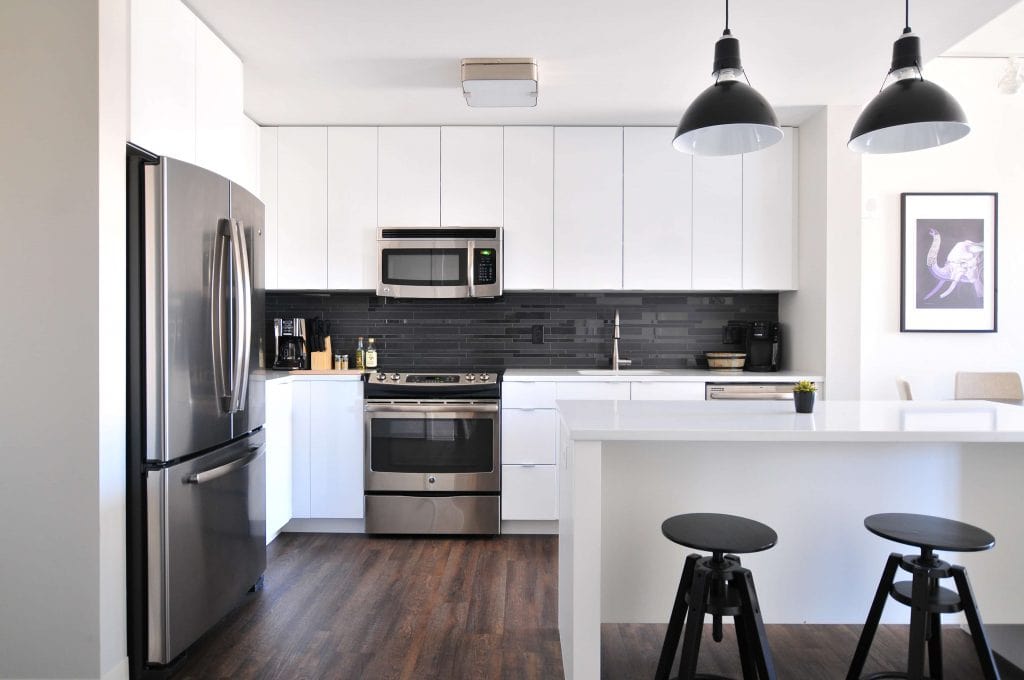Plastering is an essential component in both residential and commercial construction projects. It involves covering walls and ceilings with a layer of plaster, creating a smooth, uniform surface that enhances a structure’s aesthetics while protecting it from the elements. Plastering has been used since ancient times, and its popularity continues today due to its durability and visual appeal.
In this article, we will look into the various types of plaster, the steps involved in preparing surfaces for plastering, the techniques used, and the advantages and disadvantages of using plaster.
Let’s get straight to the point.
Plastering is a critical construction technique used to cover walls and ceilings. It provides a smooth, uniform finish that enhances a building’s appearance and protects it from external factors. There are different types of plaster—lime, gypsum, and cement—each with distinct advantages for durability, breathability, and aesthetics.
Lime plaster is excellent for historical restorations, gypsum plaster is popular for its cost-effectiveness and quick drying, while cement plaster is favoured for its strength in exterior applications. Surface preparation, the right tools, and proper plaster mixing are essential before applying the plaster in layers (base, second, and finish coats).
Depending on the project, techniques like feathering, troweling, floating, skimming, and spraying can be used. Plastering offers long-lasting durability, aesthetic appeal, and easy maintenance, but it can be costly and complex to install, requiring skilled labour.
Despite these challenges, plastering remains a valuable investment for creating a resilient and elegant finish in construction projects.
What Is Plastering, And Why Is It Important?
Plastering involves applying a layer of plaster to walls, ceilings, or other surfaces to create a smooth and even finish. Though ancient, this technique remains a critical part of modern construction. Plaster provides a decorative finish and adds an extra layer of protection to the structure, shielding it from moisture, wear, and other environmental factors.
Plastering materials vary in composition, thickness, and application methods. The right plaster can provide additional insulation, resist fire, and enhance a space’s overall look.
Types Of Plastering
1. Lime Plaster
Lime plaster is made from sand, water, and lime putty. It has been used for centuries, particularly in historical buildings and restoration projects. One of its main advantages is its breathability. Lime plaster evaporates moisture, making it less susceptible to dampness and mould. This makes it a preferred choice for buildings in humid climates or for restoring old structures where air circulation is necessary.
Benefits of Lime Plaster:
- Breathable, reducing the likelihood of dampness
- Durable and long-lasting
- Resistant to fire and insect damage
- Ideal for historical restoration projects
However, applying lime plaster requires specific tools and skills, and it may not be as commonly used in newer buildings outside restoration work.
2. Gypsum Plaster
Gypsum plaster is widely used in modern construction due to its cost-effectiveness and quick drying time. It is made by mixing water with gypsum to create a paste easily applied to walls and ceilings. This type of plaster is popular for its smooth finish, which requires minimal sanding and polishing.
Advantages of Gypsum Plaster:
- Affordable and easy to apply
- Dries quickly, making it ideal for time-sensitive projects
- Provides a smooth finish that requires minimal sanding
- Resistant to fire and offers good insulation
However, gypsum plaster is not suitable for damp environments, as it tends to dissolve when exposed to water over long periods. Additionally, it may crack and shrink over time, reducing its long-term durability.
3. Cement Plaster
Cement plaster is made by mixing sand, cement, and water. It is commonly used for exterior walls but can also be applied to interior surfaces. This type of plaster is known for its durability and resistance to weathering, making it ideal for outdoor applications.
Benefits of Cement Plaster:
- Strong and durable, suitable for exterior walls
- It can be applied to a variety of surfaces, including concrete and brick
- Provides a solid base for further coatings or decorative finishes
Despite its advantages, cement plaster can be heavy and difficult to work with, requiring skilled labour to ensure a smooth finish. It also takes longer to dry than gypsum plaster.

Preparation For Plastering
1. Surface Preparation
Before applying plaster, it is essential to prepare the surface properly. This involves cleaning the surface to remove dust, debris, or loose material. Any cracks or holes should be filled, and old paint or wallpaper must be stripped away. A clean and smooth surface ensures better adhesion of the plaster.
2. Required Materials And Tools
Having the right tools and materials is critical for a successful plastering job. Essential tools include:
- Trowel
- Plasterer’s float
- Mixing bucket
- Hawk
- Sponge
Safety gear, such as gloves and goggles, is also important to protect yourself from dust and chemicals involved in plastering.
3. Mixing Plaster
Mixing the plaster to the right consistency is crucial for a smooth application. The instructions provided by the plaster manufacturer should be followed carefully. Plaster can be mixed manually or with the help of a mixing drill. Once mixed, the plaster should be applied promptly, as it will begin to harden quickly.
Application Of Plaster
1. Base Coat Application
The base coat is the first layer of plaster applied to the surface. It provides a flat surface for subsequent coats. The base coat should be applied with a trowel in an even layer, usually between 3 and 6 millimetres thick. Once applied, it should be allowed to dry before proceeding.
2. Second Coat Application
After the base coat dries, a second coat is applied to smooth the surface further. This coat is typically thinner, about 2-3 millimetres. It helps to cover any imperfections left after the base coat.
3. Finish Coat Application
The final layer, the finish coat, is applied to achieve a smooth and even surface, ready for painting or wallpapering. The finish coat is the thinnest layer, generally around 1-2 millimetres thick. After applying the finish coat, the surface should be left to dry before any further work.
Plastering Techniques
Depending on the desired finish and the project’s requirements, different plastering techniques can be used. Here are some common plastering methods:
1. Feathering
Feathering involves blending the edges of the plaster into the surrounding surface to create a seamless transition. This technique is particularly useful when touching up small areas or applying a second coat of plaster.
2. Troweling
Troweling is the most common plastering method. Plaster is applied with a trowel and smoothed out to achieve an even finish. This technique can be used for both base coats and finish coats.
3. Floating
Floating is a technique to achieve a uniform finish on rough or textured surfaces. A float, typically a large trowel, is used to smooth the plaster, eliminating any bumps or imperfections.
4. Skimming
Skimming involves applying a thin layer of plaster to an already-finished surface. It often covers small imperfections and creates a uniform appearance before painting or applying wallpaper.
5. Spraying
Spraying is a method used to apply plaster quickly over large areas. A sprayer distributes the plaster evenly, which is ideal for projects with large surfaces or textured finishes.
Advantages Of Plastering
1. Durability
One of the primary advantages of plastering is its durability. Properly applied plaster can last for decades, providing a strong, resilient surface that withstands wear and tear.
2. Aesthetic Appeal
Plaster gives walls and ceilings a smooth, finished look. Its versatility allows for various textures and finishes, enhancing a space’s aesthetic appeal.
3. Resilience
Plaster is more durable than drywall when applied correctly and less prone to damage. Its structure becomes more solid as it dries, making it less likely to crack or break.
4. Easy Maintenance
Plaster is relatively easy to maintain, as it is resistant to chipping and scratching. This makes it ideal for high-traffic areas or spaces where walls may be subject to regular contact.

Disadvantages Of Plastering
1. Cost
Plastering can be more expensive than drywall installation due to the specialised skills and tools required. Skilled plasterers often charge higher rates, and the materials may be more costly.
2. Installation Complexity
Plastering is a labour-intensive process that requires a skilled professional for proper application. It is more complex than drywall installation and can take longer to complete.
3. Painting On Plaster
Painting on plaster can be more challenging than on other surfaces due to its porous nature. It may require several coats of paint to achieve the desired finish, increasing the overall time and cost of the project.
Conclusion
Plastering is an essential construction technique, offering a durable and aesthetically pleasing finish for walls and ceilings. While it requires specialised tools, skills, and materials, the result is a smooth, long-lasting surface that enhances the appearance and longevity of any building.
Lime, gypsum, and cement are the primary types of plaster used in construction, each with its benefits and ideal applications. While plastering may come with higher costs and complexity than other wall finishes, its durability, elegance, and low maintenance make it a valuable investment in any construction project.
FAQs About Plastering
Do I Need Special Tools For Plastering?
Yes, you will need special tools for plastering. These may include a trowel, hawk, plastering float, mixing bucket, mixing paddle, plasterer’s stilts, and various brushes and scrapers. The specific tools required may vary depending on the type of plaster being used and the surface being plastered.
Can I Apply Multiple Coats Of Finish Plaster?
Yes, you can apply multiple coats of finish plaster, depending on the desired thickness and finish. For example, applying a base coat followed by one or more layers of finish plaster is common to achieve a smooth and even surface. However, it is important to ensure each layer is properly dried and cured before applying the next layer to avoid cracking or other issues.
How Long Should I Wait Between Applying Coats Of Plaster?
The length of time you should wait between applying coats of plaster depends on various factors, such as the type of plaster used, the room’s temperature and humidity, and the coats’ thickness. In general, waiting at least 24 hours between coats is recommended to allow the plaster to dry and cure properly. However, it would be best to always refer to the manufacturer’s instructions or consult a professional to determine the appropriate wait time for your situation.
Can Plaster Be Used To Cover Textured Surfaces?
Yes, plaster can be used to cover textured surfaces. However, it is important to properly prepare the surface before applying the plaster, as any loose or unstable texture may cause the plaster to crack or peel over time. Additionally, the plaster and application technique may also affect the final appearance and durability of the finish. Consulting with a professional may help determine the best approach for covering textured surfaces with plaster.
How Do I Know If The Plaster Has Been Mixed To The Correct Consistency?
To know if the plaster has been mixed to the correct consistency, you should aim for a smooth and creamy texture that is easy to spread but not too runny. The specific consistency may vary depending on the type of plaster being used and the application technique. You can test the consistency using a trowel or float to apply a small plaster to a test surface.
If the plaster easily adheres to the surface and spreads evenly without dripping, it is likely mixed to the correct consistency. If it is too thick or lumpy, add more water and mix again. If it is too runny, add more plaster and mix again.

